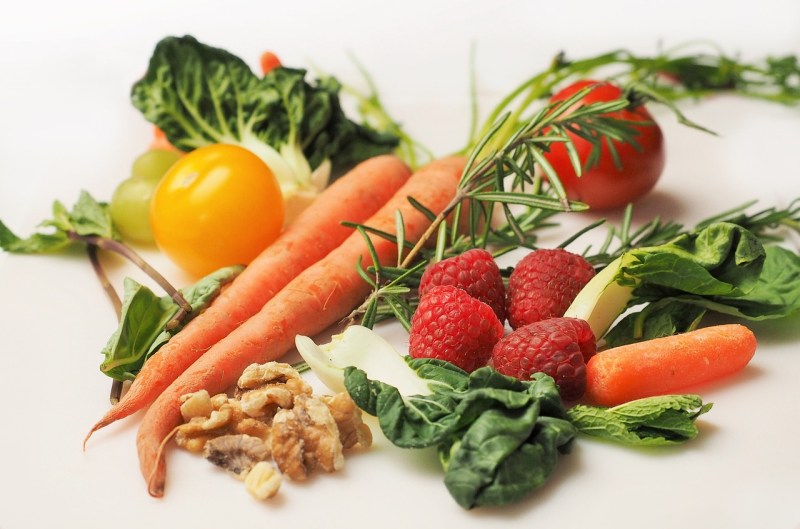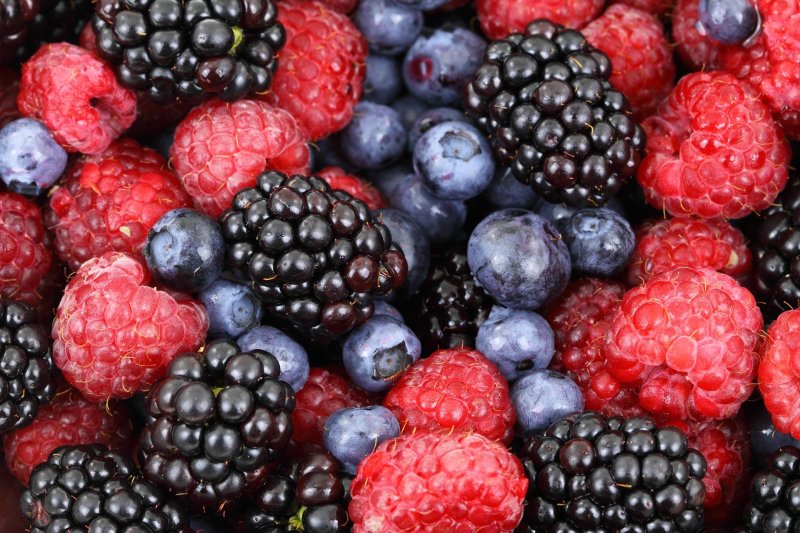
Struggling to stay focused and productive throughout your day? It’s no surprise. Today’s world demands more from us than ever, so keeping your energy levels up is crucial. What if you could replace fatigue and brain fog with sustained vitality and unwavering focus? This is a reality you can achieve with the glycemic index.
Here, you will learn about the glycemic index, including its secrets and how it can help you overcome daily fatigue. With the glycemic index, you will be able to boost your energy levels and achieve sustained energy, allowing you to more easily deal with whatever life throws at you.

What is the glycemic index?
Let’s begin by understanding what the glycemic index is. The glycemic index measures the impact of carbohydrates on blood sugar levels based on their glycemic load. Foods are rated from 0 to 100 according to how much they impact your blood sugar levels after consumption.
Low glycemic index foods, typically ranked at 55 or lower on this scale, are your best friends when it comes to sustained energy. These foods release glucose into your bloodstream slowly, ensuring you experience gradual and consistent increases in energy. On the other side of the spectrum, high glycemic foods, often scoring 70 or higher, cause dramatic blood sugar spikes, leading to energy crashes and fatigue.

How to use the glycemic index
Now that you know what the glycemic index is, let’s dive into the practical aspect of incorporating it into your daily life.
More informed food choices
Think about the foods you consume now. How do they rank on the glycemic index? Now that you know how to objectively measure how the food choice you make will impact your energy levels, you can begin to make better choices. Familiarize yourself with the glycemic index chart and use it as your guiding compass when navigating the grocery store. Seek out products that align with your low glycemic index lifestyle.
Opt for low glycemic index snacks between meals. Nuts, seeds, yogurt, and vegetables are your secret weapons in maintaining energy levels. Start by making small changes throughout your week and watch how they add up over a short period of time.
More balanced meals
Good news! You don’t have to stick to a strictly low glycemic diet. Creating balance is essential. For instance, adding fibrous vegetables to your pasta dish can soften the blow to your blood sugar levels. Regularly consuming balanced meals is the key to long-term energy and optimal functioning.

How can the glycemic index increase energy?
Consistent energy release
The key to sustained energy is finding foods you enjoy that have a low glycemic index. Because these foods release energy slowly, they provide a consistent source of fuel, preventing the rollercoaster ride of varying energy levels that can result when you eat foods with a high glycemic load. You will be able to handle the stressors of the day with more power when you combine low and high glycemic foods for a more balanced diet.
Better blood sugar balance
The glycemic index is often recommended to individuals with diabetes or pre-diabetes to help maintain consistent blood sugar levels. However, you don’t have to be diagnosed in order to benefit. All of our bodies depend on consistent blood sugar levels to function properly. Maintaining stable blood sugar levels is the key to sustained energy levels throughout the day. Imagine how your work and personal life will be transformed by the newfound energy you will have.

What foods have a low glycemic index?
Now that you’re on the path to harnessing the glycemic index’s power, it’s time to meet your allies — the low glycemic index foods that will fuel your journey toward boundless energy.
We will discuss a few of our favorites below, but be sure to check out this article by Very Well Health for a complete list of common high and low glycemic foods.
Fruit
Fruits like apples, oranges, bananas, and berries are loaded with antioxidants and fiber. These fresh fruits offer a natural and sustained energy boost without spiking your blood sugar.
Legumes and grains
Beans and lentils are great plant-based protein sources that won’t leave you feeling sluggish. Oatmeal is also a hearty breakfast choice that provides long-lasting energy.
Nuts and seeds
Slow-releasing energy can be found in nuts and seeds like cashews and peanuts. These foods make a healthy snack option and are a good choice to bring with you on the go.

What foods have a high glycemic index?
To maintain your newfound energy and productivity, it’s essential to steer clear of high glycemic foods in excess and to combine them with low glycemic foods whenever possible. Here’s a list of energy-sapping culprits to pay close attention to.
Refined grains
Things like instant oats, rice, or sugar breakfast cereals should all be consumed with caution. These foods are highly processed and have a rapid blood sugar increase that will lead to an energy crash.
Processed sugars and fried foods
Processed foods like candy, sodas, and potato chips can have a devastating effect on your blood sugar levels. With their unhealthy fats and quickly absorbed carbohydrates, they produce a fast energy spike that won’t last for long.
Incorporating low glycemic index foods into your daily diet while avoiding high glycemic options is your ticket to sustained energy, heightened productivity, and a newfound zest for daily activities. As you continue to unlock the potential of the glycemic index, you’ll experience the incredible benefits of a life powered by balanced, consistent energy.
In conclusion, the glycemic index isn’t just a chart; it’s a life-changing tool that empowers you to take control of your energy levels and optimize your daily productivity. By prioritizing low glycemic index foods and bidding farewell to high glycemic culprits, you’ll become the master of your energy and well-being. Embrace the glycemic index today, and embark on a journey toward a life fueled by vitality and success.
Editors' Recommendations
- How much protein do you really need? Here’s how to calculate it
- We love these Keto diet Thanksgiving recipes from a professional chef
- Cranberries are great for your health: RDs reveal how to add them to your diet this winter
- Pilates equipment for beginners: Transform your home into a world-class Pilates studio
- What is hot yoga? Why this should become your new winter workout




